In an era dominated by digital screens and indoor activities, national parks emerge as extraordinary educational havens where children can reconnect with nature while absorbing knowledge in its most authentic form. These vast protected landscapes serve as living laboratories where ecosystems function naturally, geological processes reveal Earth’s history, and cultural sites tell stories of human heritage. Unlike traditional classrooms with their four walls and structured learning environments, national parks offer immersive, multisensory experiences that engage children’s curiosity and foster a deeper connection to what they’re learning. Research consistently shows that outdoor education improves academic performance, enhances retention, and develops critical thinking skills in ways that traditional teaching methods often cannot match. National parks, with their diverse landscapes and educational programs specifically designed for young visitors, represent the ultimate outdoor classroom experience for children of all ages.
Natural Science Comes Alive

Within national parks, biology, geology, and environmental science transition from abstract textbook concepts to tangible realities that children can observe firsthand. Rather than simply reading about erosion, kids can witness the dramatic results of this process in the sculpted canyons of Zion or the wind-carved arches of Utah. Instead of memorizing wildlife facts, they can safely observe animals in their natural habitats, learning about predator-prey relationships, adaptation, and biodiversity through direct observation. Park rangers often point out easily overlooked details – like how certain insects pollinate specific plants or how beaver dams change stream ecosystems – creating “aha” moments that classroom instruction rarely achieves. This direct interaction with natural phenomena creates neural connections and emotional associations with learning that significantly enhance knowledge retention and understanding.
History and Cultural Education Beyond Textbooks
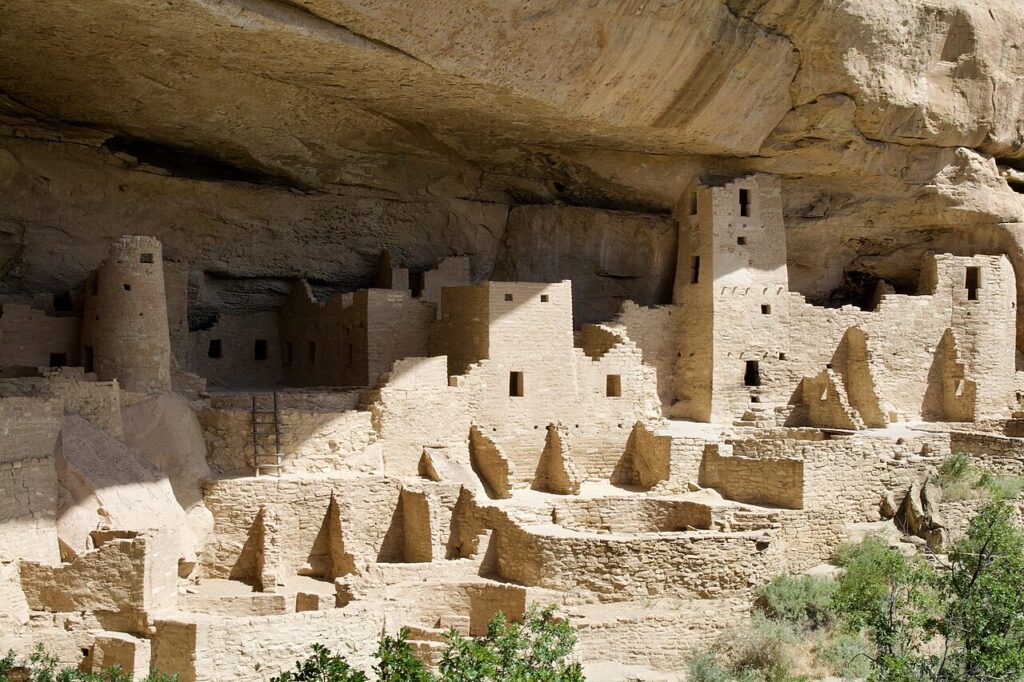
National parks preserve not only natural wonders but also significant historical and cultural sites that provide unparalleled educational value. Standing in the footsteps of historical figures at sites like Independence National Historical Park or witnessing ancient cliff dwellings at Mesa Verde creates a visceral connection to history that textbooks cannot replicate. Children can explore Native American heritage at numerous parks, gaining appreciation for indigenous cultures through authentic artifacts, traditional structures, and interpretive programs led by cultural experts. Many parks document pivotal moments in American history – from Civil War battlefields to civil rights monuments – allowing young visitors to develop a more nuanced understanding of complex historical events and their lasting significance. These experiences help children contextualize history as something real and relevant rather than distant and abstract.
Development of Scientific Thinking Skills
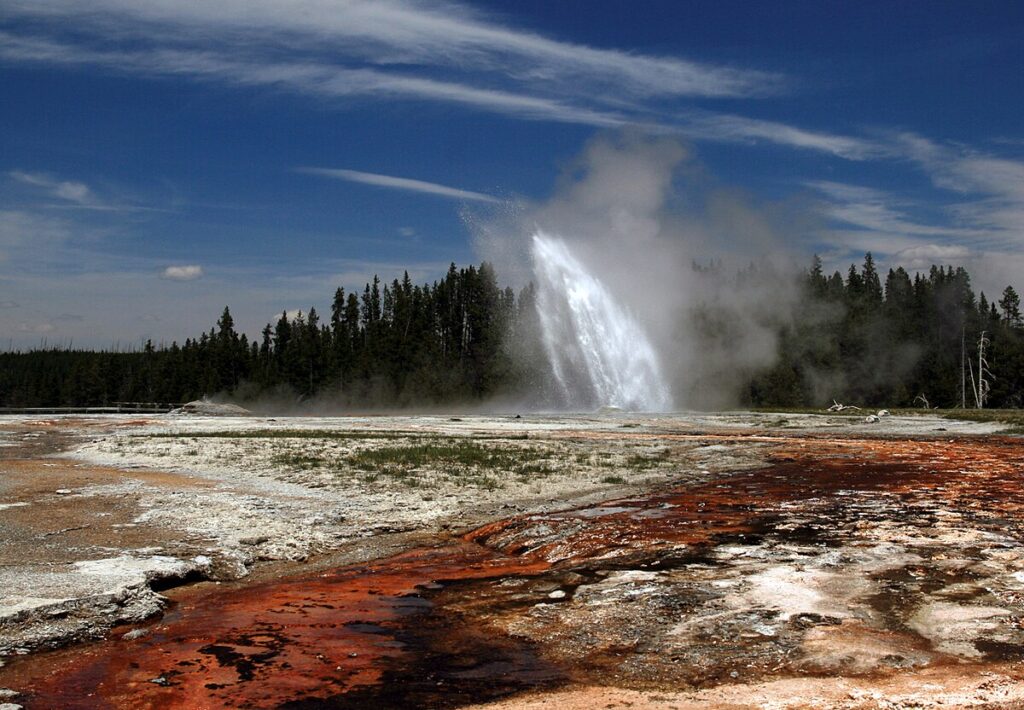
National parks naturally foster scientific thinking as children observe, question, and form hypotheses about the natural phenomena surrounding them. A child watching geysers erupt at Yellowstone might wonder about the underlying mechanisms, leading to questions about geothermal activity and opportunities to learn about the Earth’s internal processes. Junior Ranger programs and other educational activities often incorporate the scientific method, encouraging kids to collect data, analyze findings, and draw conclusions based on evidence they gather themselves. This experiential approach to scientific inquiry helps children develop critical thinking abilities and understand science as a process of discovery rather than a collection of facts to memorize. Research shows that these authentic science experiences in natural settings significantly increase children’s interest in STEM subjects and their confidence in scientific abilities.
Physical Development and Health Benefits
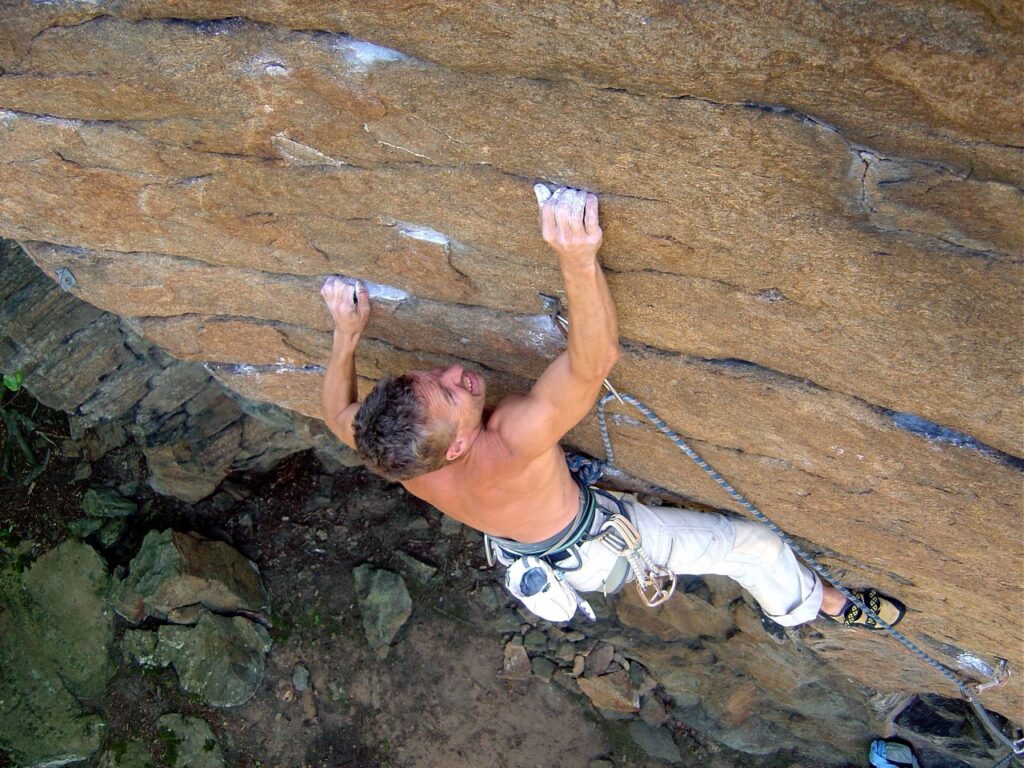
National parks provide unparalleled opportunities for physical activity that benefits children’s development in numerous ways. Hiking trails of varying difficulty levels allow families to choose appropriate challenges that build endurance, strength, and coordination while exploring natural wonders. Activities like climbing, swimming, and paddling in designated areas develop gross motor skills and spatial awareness more effectively than structured playground equipment. The varied terrain of national parks naturally encourages children to test their physical capabilities, promoting confidence and body awareness as they navigate rocks, streams, and forest paths. Beyond physical development, time spent in natural settings has been scientifically proven to reduce stress hormones, improve attention spans, and enhance overall mental health – creating optimal conditions for learning while simultaneously addressing the childhood obesity epidemic.
Emotional Growth and Resilience Building
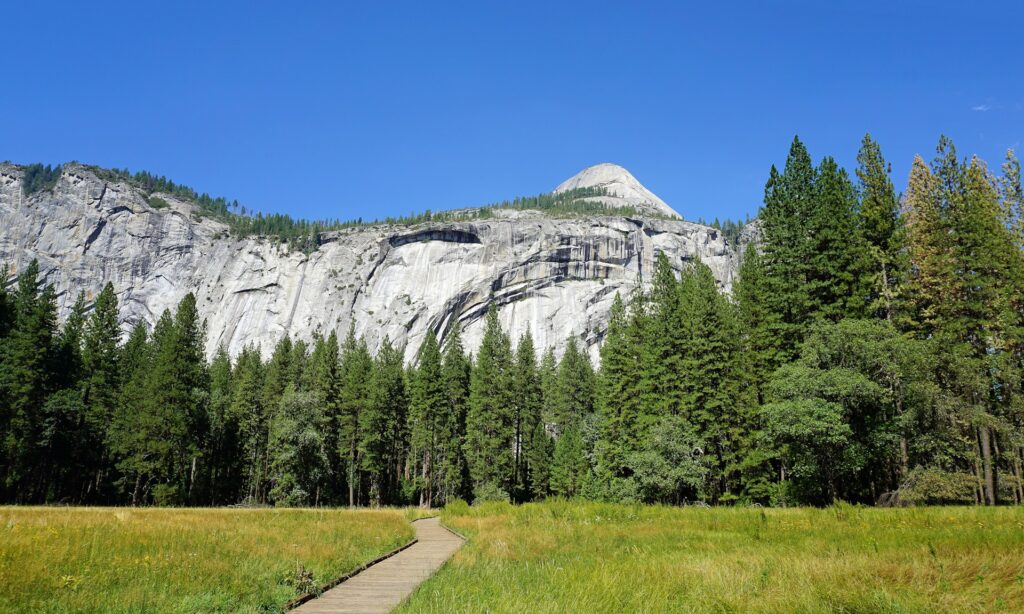
The challenges and wonders encountered in national parks contribute significantly to children’s emotional development and resilience. Completing a challenging hike instills a sense of accomplishment and self-confidence that transfers to other life challenges. Encountering wild animals from a safe distance helps children manage feelings of excitement and apprehension while learning appropriate responses to potential dangers. Weather changes and natural obstacles during outdoor adventures teach adaptability and problem-solving in real-world contexts with meaningful consequences. The awe-inspiring vistas and natural phenomena in national parks also foster emotional connections to the environment that research has linked to increased empathy, reduced aggression, and greater emotional regulation in children of all ages.
Social Skills and Family Bonding
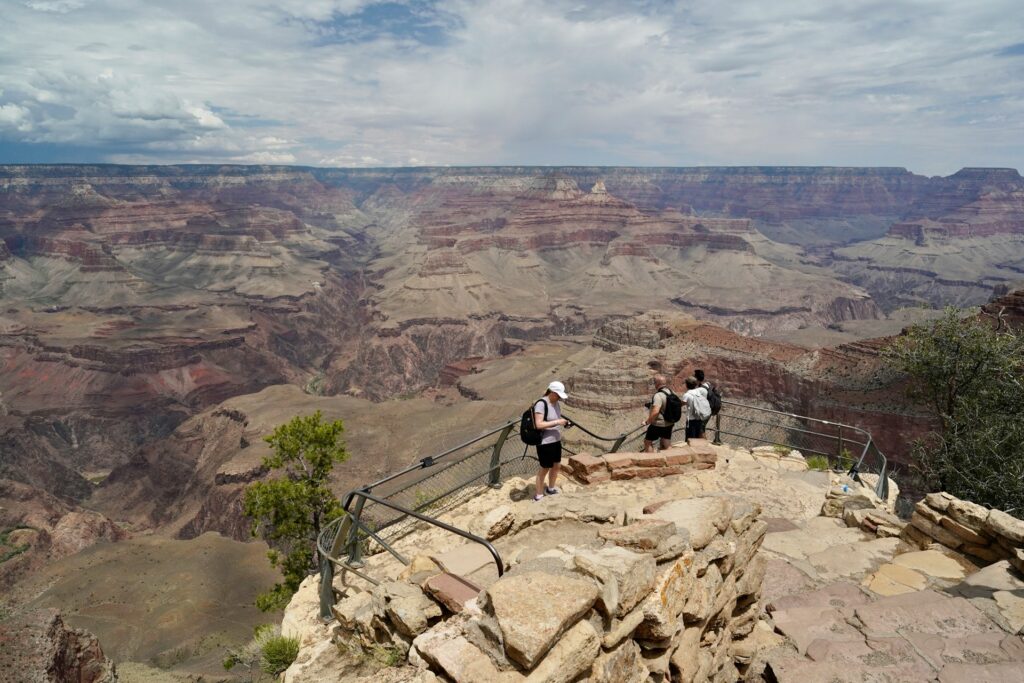
National park experiences naturally enhance social development and strengthen family connections in ways that few other educational environments can match. Shared adventures create lasting memories and inside jokes that become part of family identity and strengthen parent-child bonds. Cooperative challenges like setting up camp, navigating trails, or participating in Junior Ranger activities teach teamwork and communication skills in authentic contexts. Children often interact with diverse visitors from around the world at popular park destinations, broadening their cultural awareness and social comfort. Family discussions about park features naturally arise during hikes or around campfires, creating meaningful intergenerational dialogue about science, conservation, history, and values that might not emerge during everyday routines.
Environmental Stewardship Education
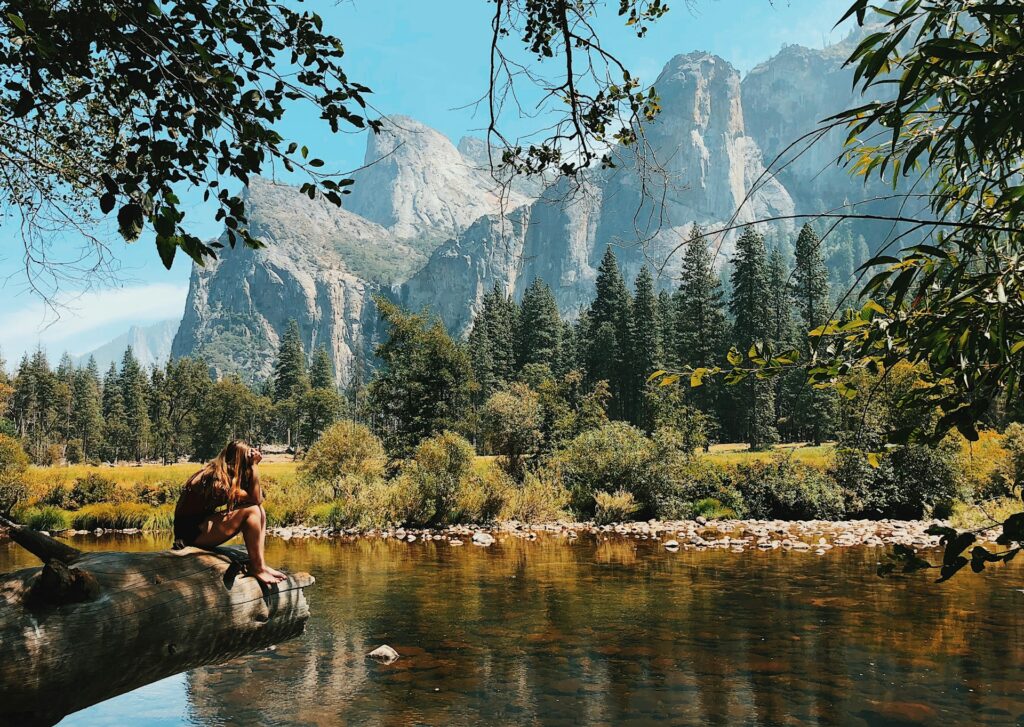
National parks excel at fostering environmental awareness and conservation ethics through both formal programs and informal experiences. Children who develop personal connections to specific parks are more likely to adopt conservation-minded behaviors and support environmental protection throughout their lives. Rangers and interpretive materials explain ecological challenges facing park ecosystems, helping children understand complex issues like climate change, invasive species, and habitat loss through concrete, observable examples. Leave No Trace principles are taught and practiced in real settings, giving children practical experience with sustainable outdoor ethics that they can apply elsewhere. The contrast between protected areas and developed regions helps children understand human impacts on natural systems and inspires them to consider their own environmental footprint.
Accessibility and Inclusivity
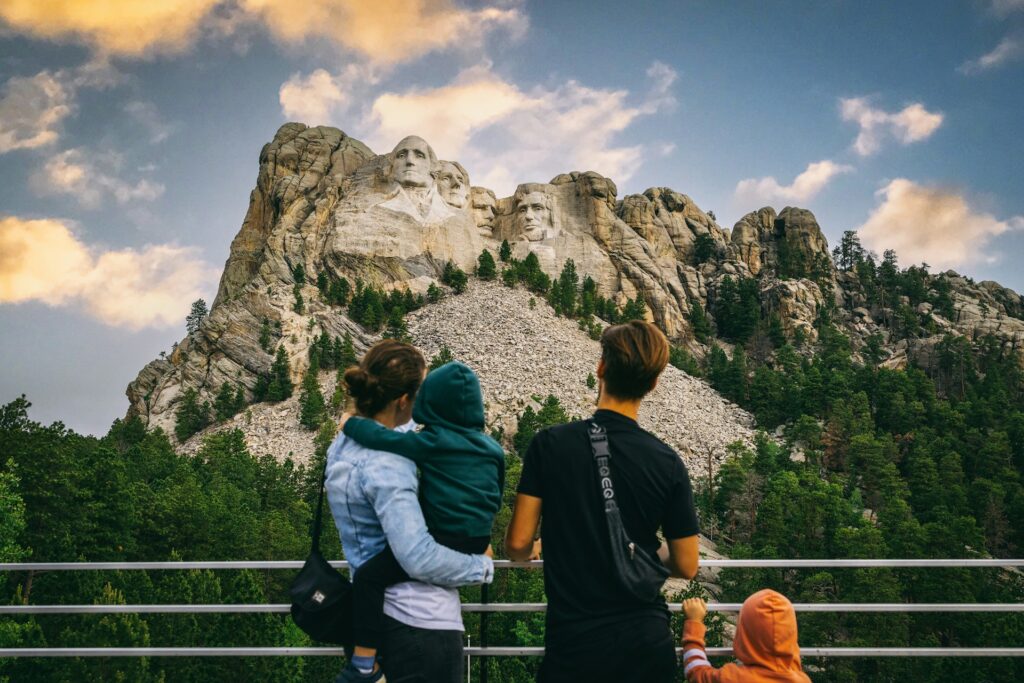
The National Park Service has made significant strides in making natural education accessible to children of all abilities and backgrounds. Many parks feature wheelchair-accessible trails, tactile exhibits for visually impaired visitors, and sensory-friendly program options that accommodate diverse learning needs. The Every Kid Outdoors program provides free park access to fourth-graders and their families, reducing financial barriers to this educational resource. Educational materials and interpretive programs are increasingly available in multiple languages to serve America’s diverse population. Transportation programs in some regions help bring urban school groups to nearby national parks, ensuring that these educational resources benefit children regardless of socioeconomic status or geographic location.
Ranger-Led Programs Tailored for Young Learners
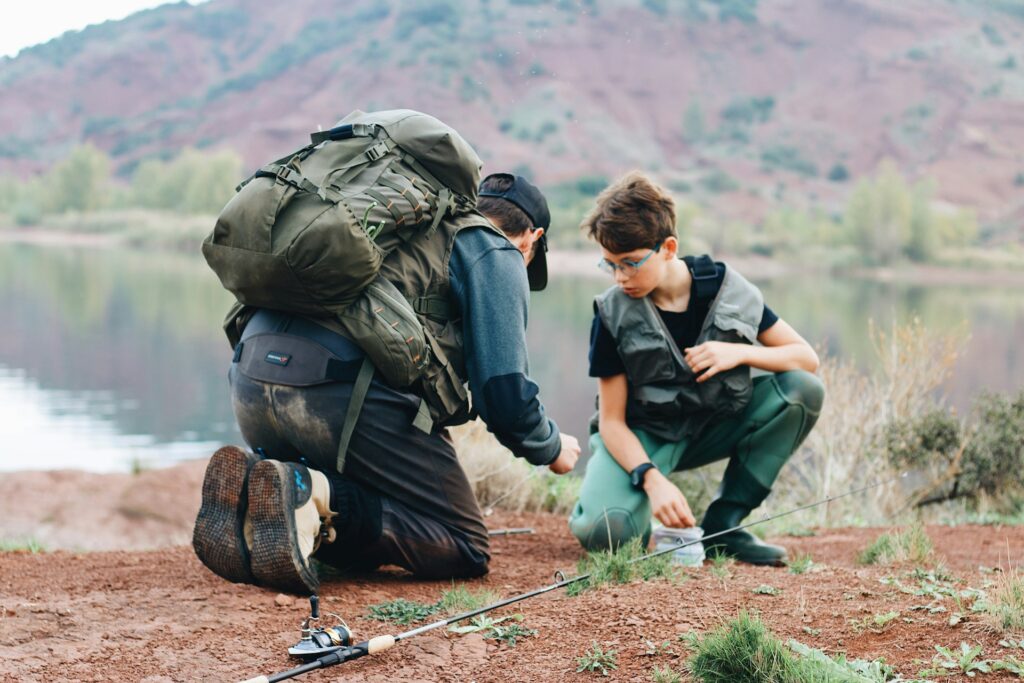
National park educational programs designed specifically for children represent some of the most effective outdoor teaching available anywhere. Junior Ranger programs engage children through age-appropriate activities that balance fun and learning while encouraging exploration of park resources. Specialized ranger-led walks and talks use inquiry-based teaching methods that align with current educational best practices while addressing core curriculum standards. Many parks offer immersive multi-day experiences like summer camps or school field programs that provide deeper educational engagement with park resources. Rangers trained in environmental education understand how to translate complex concepts into child-friendly language without oversimplification, making sophisticated scientific and historical content accessible to young minds.
Technology Integration in Nature

Modern national parks thoughtfully integrate technology to enhance rather than distract from natural learning experiences. Mobile apps like the NPS Junior Ranger app guide children through educational activities while maintaining their focus on the environment around them rather than the screen itself. Digital field guides help children identify plants and animals they encounter, connecting immediate curiosity with reliable information. Citizen science projects using smartphone technology allow children to contribute to actual research while learning scientific methods and data collection techniques. Virtual reality and augmented reality installations at some visitor centers help children visualize historical landscapes or underground geological features that would otherwise remain invisible, enhancing understanding of complex park stories.
Year-Round and Lifelong Learning Opportunities
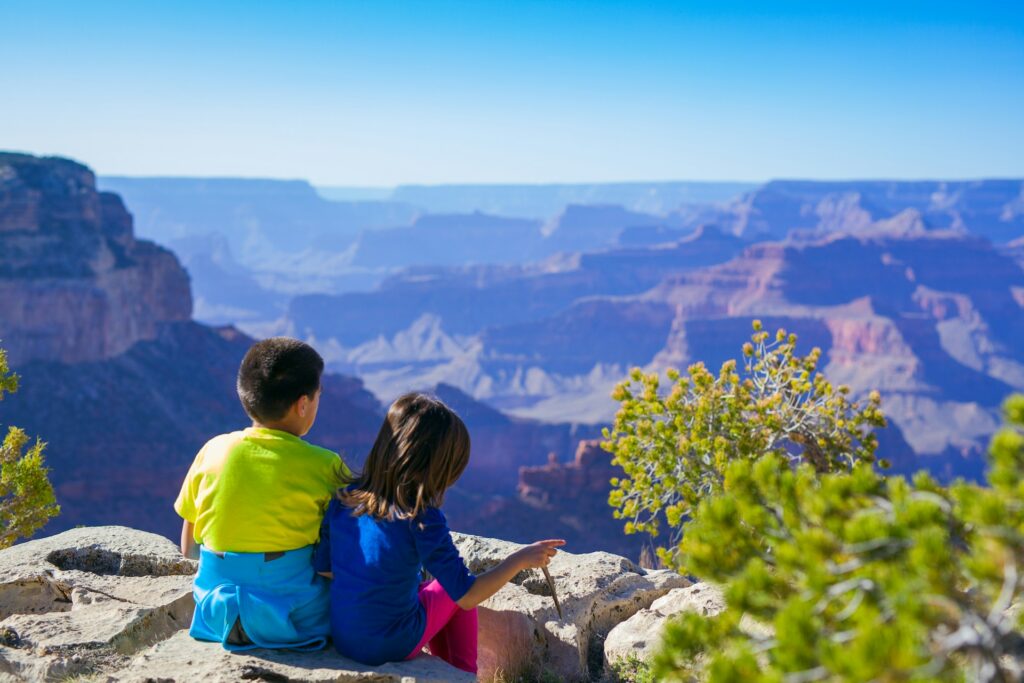
Unlike many educational resources, national parks offer learning opportunities across seasons, allowing children to understand natural cycles and ecological changes firsthand. Visiting the same park in different seasons helps children grasp concepts like migration, hibernation, and plant lifecycles more comprehensively than classroom instruction alone. The diversity of the national park system ensures that learning can continue as children grow, with sites offering age-appropriate challenges and information for toddlers through teenagers. Many adults report that childhood national park experiences sparked lifelong interests in fields ranging from archaeology to zoology, demonstrating these parks’ power as catalysts for educational passion. The National Park Service’s distance learning programs and online resources extend park-based education beyond physical visits, allowing continued learning between trips.
Creating Memories That Reinforce Learning
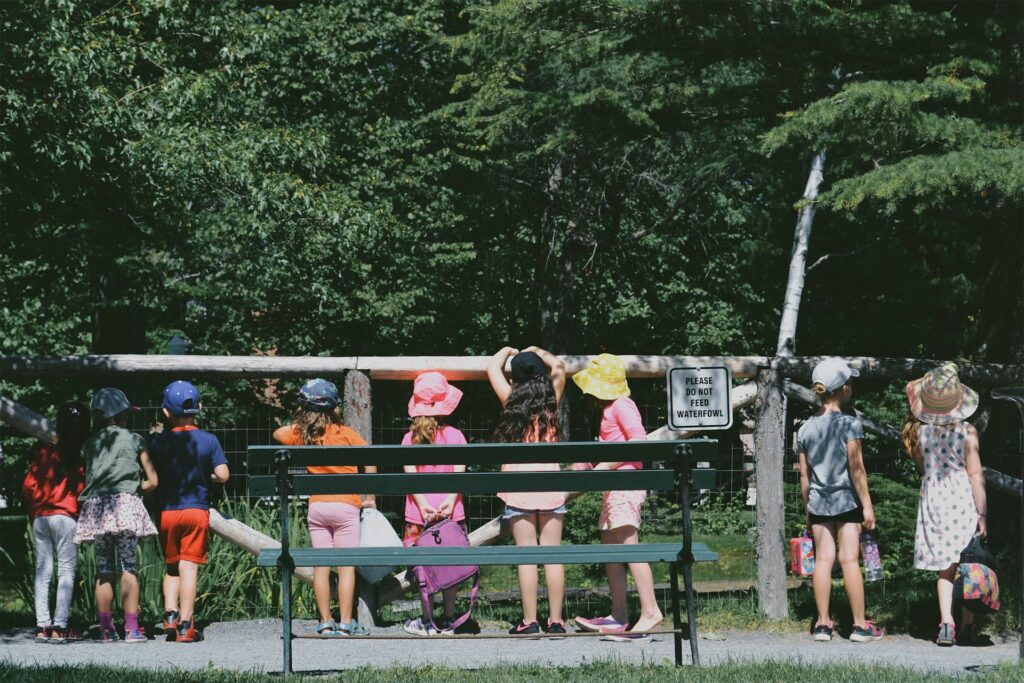
The emotional impact of national park experiences creates memory anchors that dramatically enhance knowledge retention compared to conventional classroom learning. Neuroscience research confirms that information acquired during novel, emotionally engaging experiences receives preferential processing in the brain’s memory systems. Children often recall and discuss national park experiences for years afterward, repeatedly reinforcing the knowledge gained during these visits through storytelling and reflection. The multisensory nature of park experiences – combining sights, sounds, smells, and physical sensations – creates more comprehensive neural encoding of information that improves later recall. Teachers report that students who have visited national parks make more frequent and meaningful connections to curriculum content related to their park experiences, demonstrating the lasting educational impact of these outdoor classrooms.
Complementing Formal Education
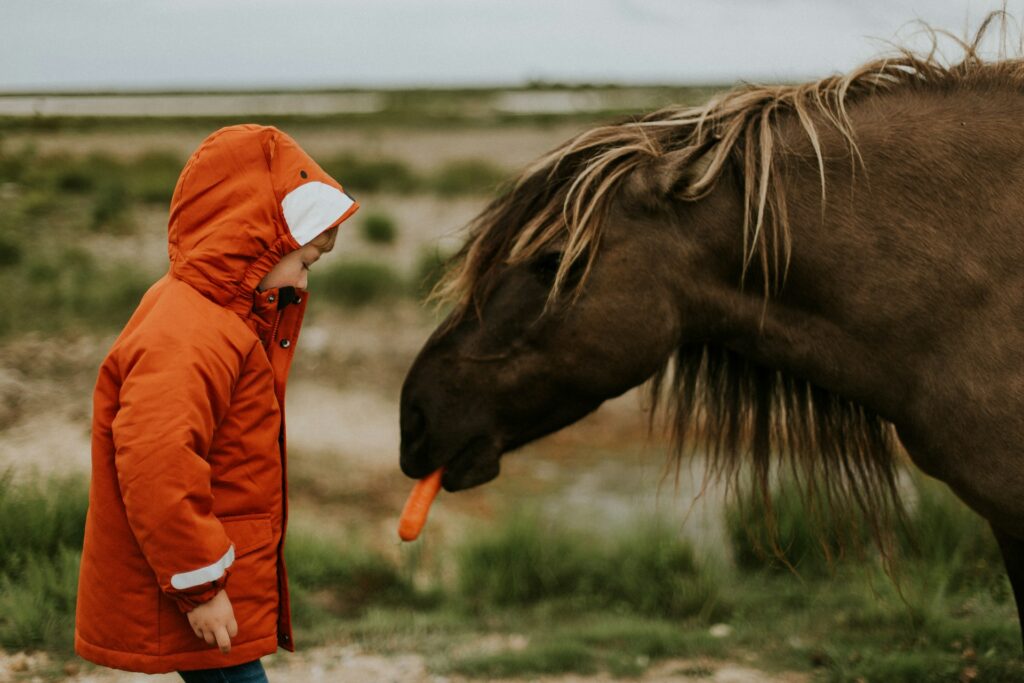
National parks serve as ideal extensions of classroom learning, reinforcing and expanding upon formal curriculum in meaningful contexts. Teachers increasingly use pre-visit and post-visit activities that connect park experiences to standard educational requirements in science, history, and other subjects. The interdisciplinary nature of national parks allows children to see connections between subjects that often remain artificially separated in school settings – such as how geology influences ecology or how geography shapes human history. Field journals and park-inspired projects provide authentic assessment opportunities that demonstrate learning in ways standardized tests cannot measure. Many parks collaborate directly with local school systems to develop programming that specifically addresses curriculum needs while taking advantage of each park’s unique resources.
Conclusion
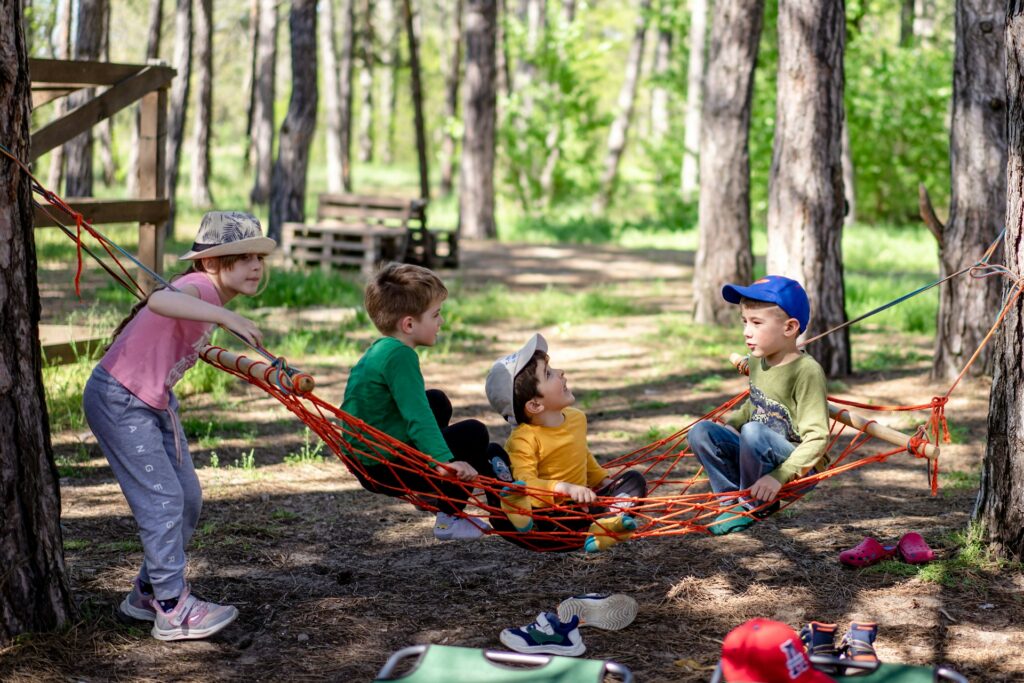
National parks truly stand as America’s greatest outdoor classrooms, offering educational experiences that simply cannot be replicated within school walls or through digital substitutes. These protected landscapes provide the perfect environment for holistic learning that engages children’s minds, bodies, and hearts simultaneously. The lessons learned among ancient redwoods, alongside rushing rivers, or within historic structures create not just knowledge but also perspective – helping children understand their place within both natural systems and human history. As technology increasingly dominates childhood, these authentic outdoor learning environments become even more crucial for balanced development. By introducing children to national parks, parents and educators offer them not merely facts and figures, but the foundations for lifelong learning, environmental stewardship, and appreciation for the natural and cultural wonders that define our shared heritage.

